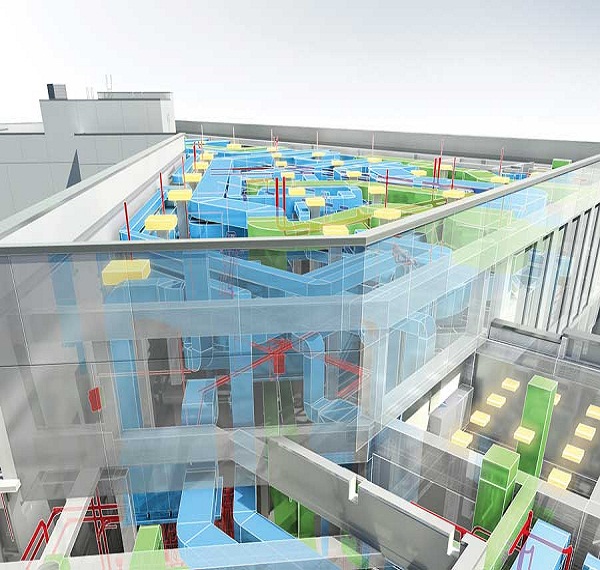The Architecture, Engineering, and Construction (AEC) industry in recent times have been tremendously impacted by technological innovations although not to the extent that it should in our clime – more in the western parts. Factors responsible for the limitations currently experienced as regards these solutions reaching their full potential is mainly mindset based – ignorance and short-sightedness of traditionally-minded industry players, corruption on several levels, skill gaps, amongst others. Nonetheless, these changes across the globe cannot be overlooked or ignored as it is only a matter of time for it to be fully incorporated into our environment.
Technologically-driven solutions are being developed and propagated to mitigate issues-arising and existing problems in our everyday lives and business ecosystems. Processes are made faster, results are accelerated, structures are fine-tuned and organized – the world is becoming faster and lazier in a good way of course – smart work, not hard work some say. To every advantage, there is an equal and opposite disadvantage and this rule apply to the digital era but that is not the aim of this article.
Every industry has its challenges, particularly the AEC industry and innovators are constantly learning and researching on processes, systems, and solution that can alleviate, eliminate, or mitigate them to foster higher productivity, performance, efficiency, and effectiveness. One of the challenges of this sector is fragmentation. This plays out in the way professionals, expert, and other workers involved in the industry handle business. The construction industry is one that thrives and survives on the concept of a team but for what has been forever, a ‘team’ could not have been more disjointed.
The Building Information Modeling solution is one of technology’s gift and best form of conflict resolution to the industry and for the everyday man who lives, owns, or interfaces with any infrastructure. There has been disagreements and arguments about the true nature of BIM but none disputes the fact that it is a major game-changer on all counts. For the sake of this write-up, BIM would simply be referred to as a tool for collaboration.
For a sector that has not benefitted so much from being fragmented the clear steps to positive change would be trying integration, a solution BIM offers. BIM as a tool fosters collaboration of team members on construction and building projects. Projects design and planning are done using this software, documented in the cloud, and made accessible and available to everyone working on that team.
BIM is beneficial for decision-making when it comes to projects as it provides digital visualization of the structure being worked on. This can be experienced through virtual reality or simply in 3-D. There are a plethora of benefits for both clients and experts incorporating BIM into their construction projects. Some of the benefits include accurate cost estimation, elimination of waste on-site and post-construction, best decisions can be made as all the cards are on the table, ideas in the mind are brought to life before one’s eyes, restructuring of designs have no financial or permanent or catastrophic implications, and the list stays endless.
This tool, however, is made for the industry practitioners – maybe the time will come when the average man on the street can design buildings without specific knowledge in the AEC discipline from the comfort of his home, but till then it is the expert that can interface with this tool by using software designed for that purpose and there are several of them currently existing – the most proclaimed being Autodesk TM.
So, for your next building project do well to request that the project is BIM compliant as it is very useful not only at the beginning stages but more importantly when the construction team have fragmented and moved on to the next client – I guess somethings cannot change.










